I currently operate a two-boat system; a Venture Afon for whitewater and a Venture Prospector 155 for open water & expeditions. See my previous article for my reasons for this here: The Afon what is it for and how does it fit into the Venture range.
I'll start with my seating setup - this is the same for both boats, and as they are primarily paddled solo, I have set them up with that in mind. I like to be as close as possible to the centre of the boat; this allows me greater control of trim and keeps my weight in the widest part of the boat, giving me maximum stability.
The beauty of working closely with a UK manufacturer is that I can get my boats with just the yoke and handles fitted and the parts to do the rest myself.
I measure 11 inches back from the yoke and fit my kneeling thwart. This distance allows me to move forward to use the yoke as a point of connectivity for acceleration. I know I can exit the boat in the event of a capsize, and practice this from time to time. This distance is small, and I have received questioning comments regarding entrapment over the years. With much careful consideration, I have come to the conclusion that the ability to control the boat means that I am less likely to capsize in the first place. It's a bit like upgrading the brakes on a car rather than the seatbelts.
Immediately behind the kneeling thwart, I fit my seat; this allows me to switch between kneeling and sitting with just a short slide of my bum. Because of Venture's height and angle adjustable seat & kneeling thwart hangers, I can get these two features perfect for what I want.
Kneeling definitely gives me greater control over power transfer and stability, but sitting is comfortable, and keeps my legs and knees ache/cramp free for when I need them the most.
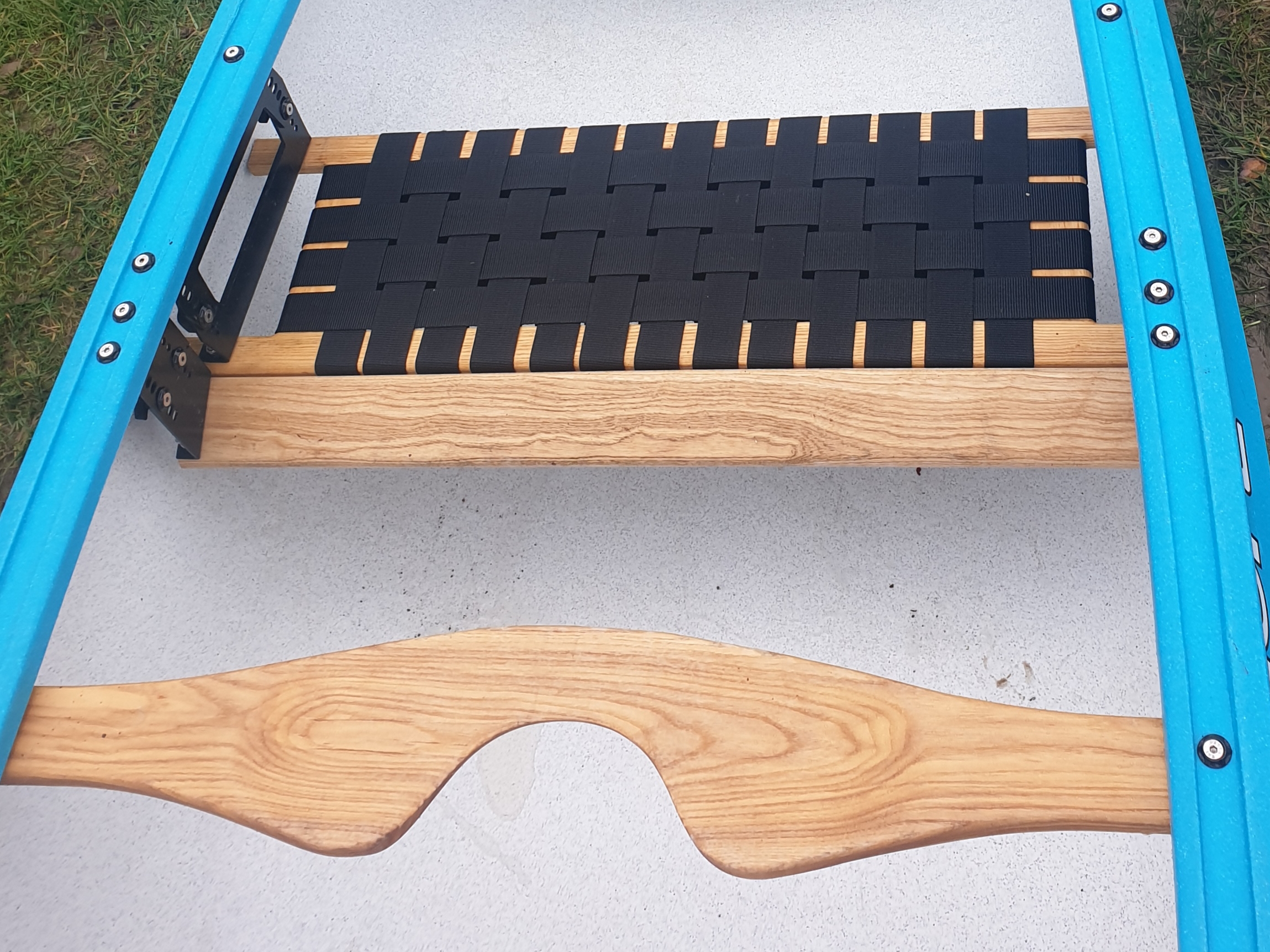
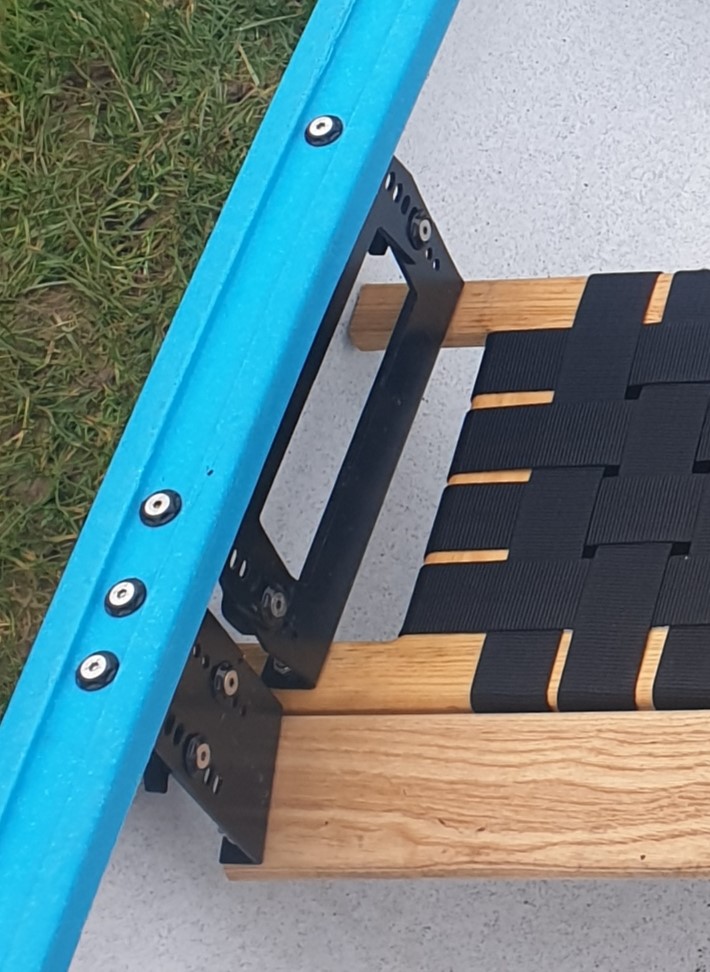
The other thing that both boats have in common is the addition of attachment points at either end. For this, I use 11mm, zero stretch climbing rope knotted with two overhand knots on the inside. I make these as tight as possible to avoid snagging.
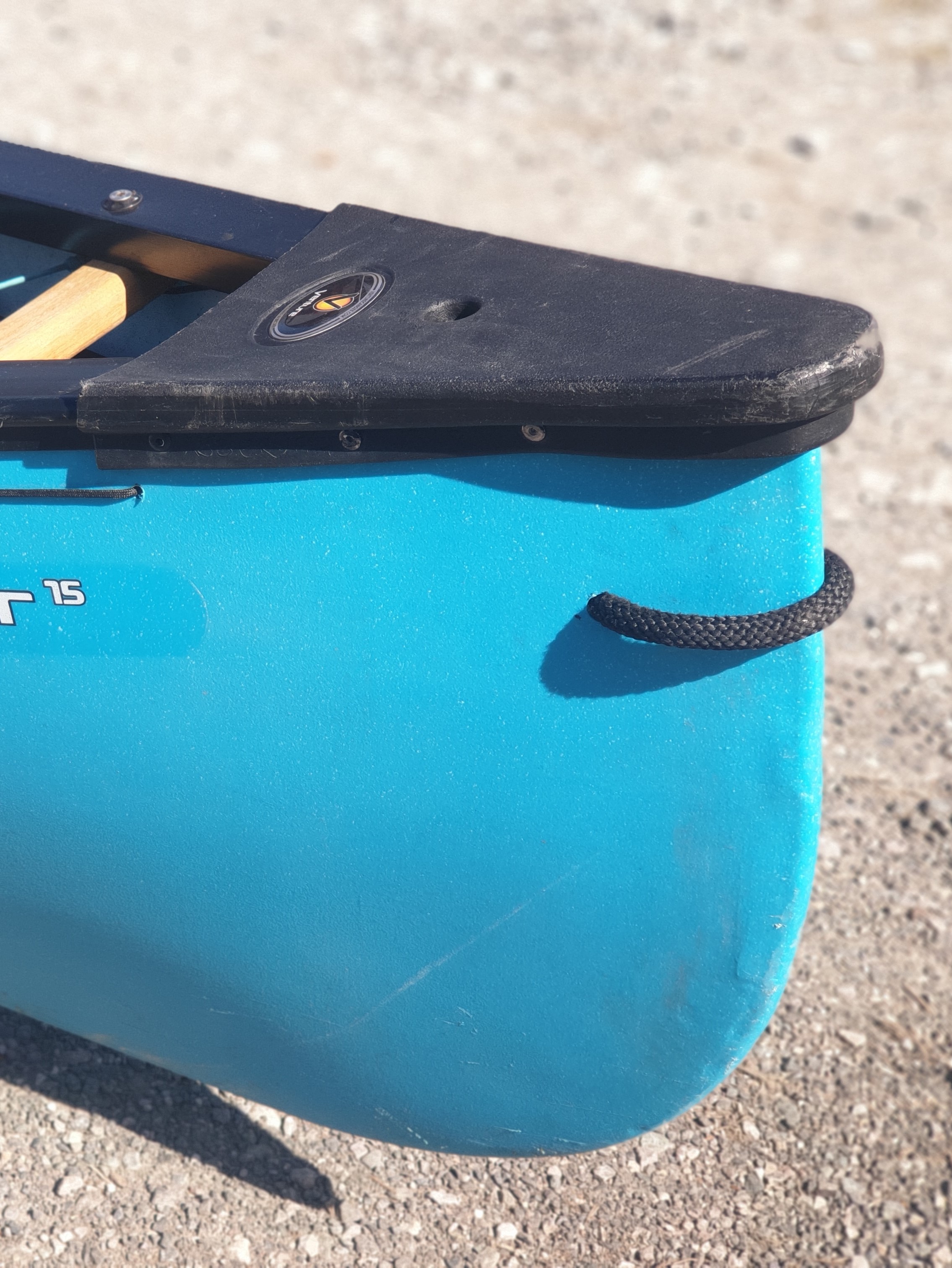
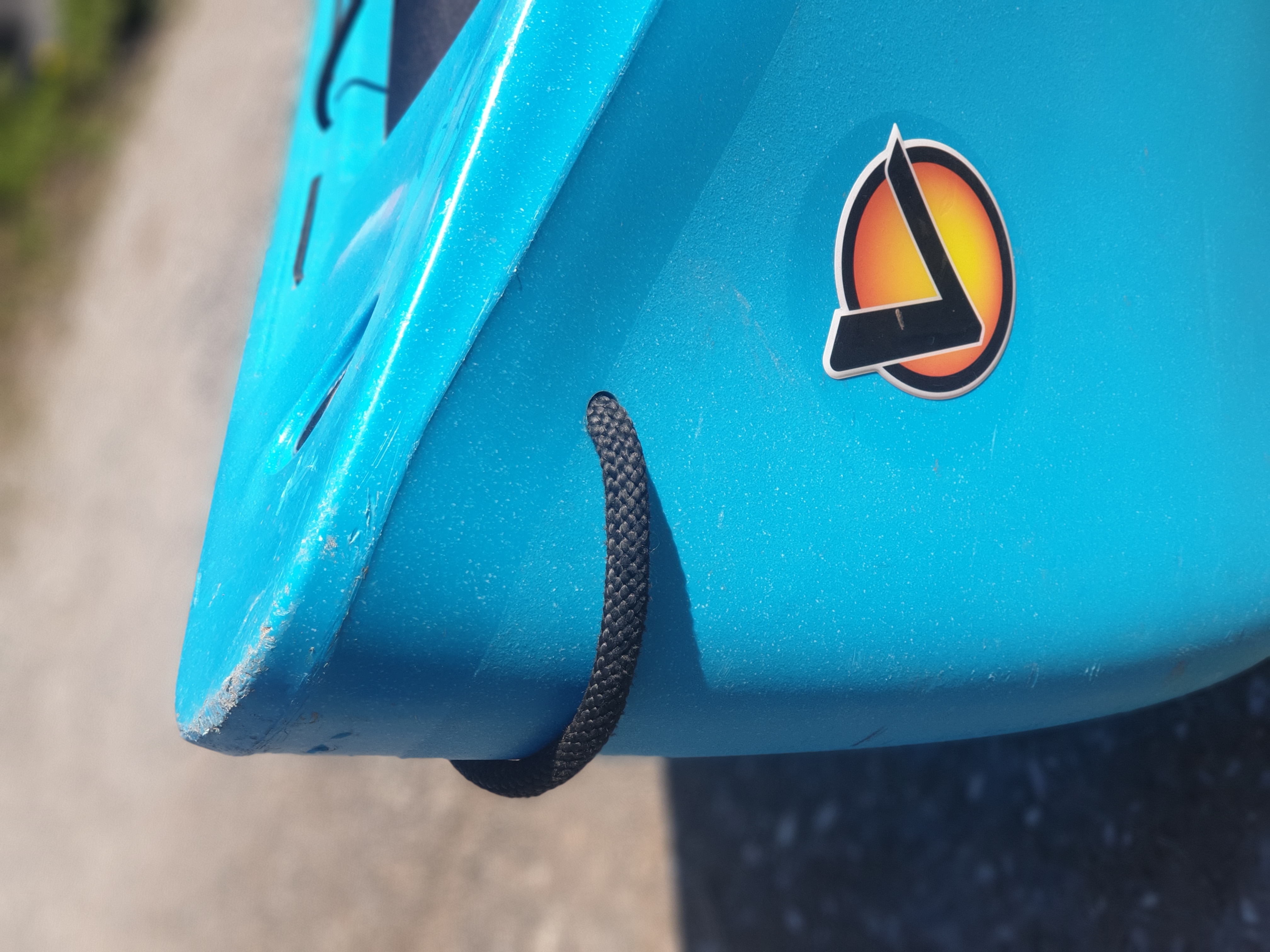
Airbags next; these are chosen for each boat and suited to the intended purpose. The Prospector I am less likely to swamp, and I want to maintain the most storage space, so is fitted with the 30-inch airbags supplied by the manufacturer. I have paired these with Aiguille Alpine covers.
The Afon, however, is fitted with larger airbags meaning I can paddle it even when fully swamped to get myself out of difficulty. A 60-inch airbag in the front fills the space nicely, whilst a 48-inch bag in the back leaves a little room behind my seat should I want to store gear there to attain a bow-light trim. These are Tribal Bags, which are handmade in the UK, custom shaped to each individual boat, robust, and most importantly, super light considering their size.
Both boats are laced the length of the airbags with black paracord, and I found turquoise cord to match the boat for over the airbags; I think the result looks pretty good!
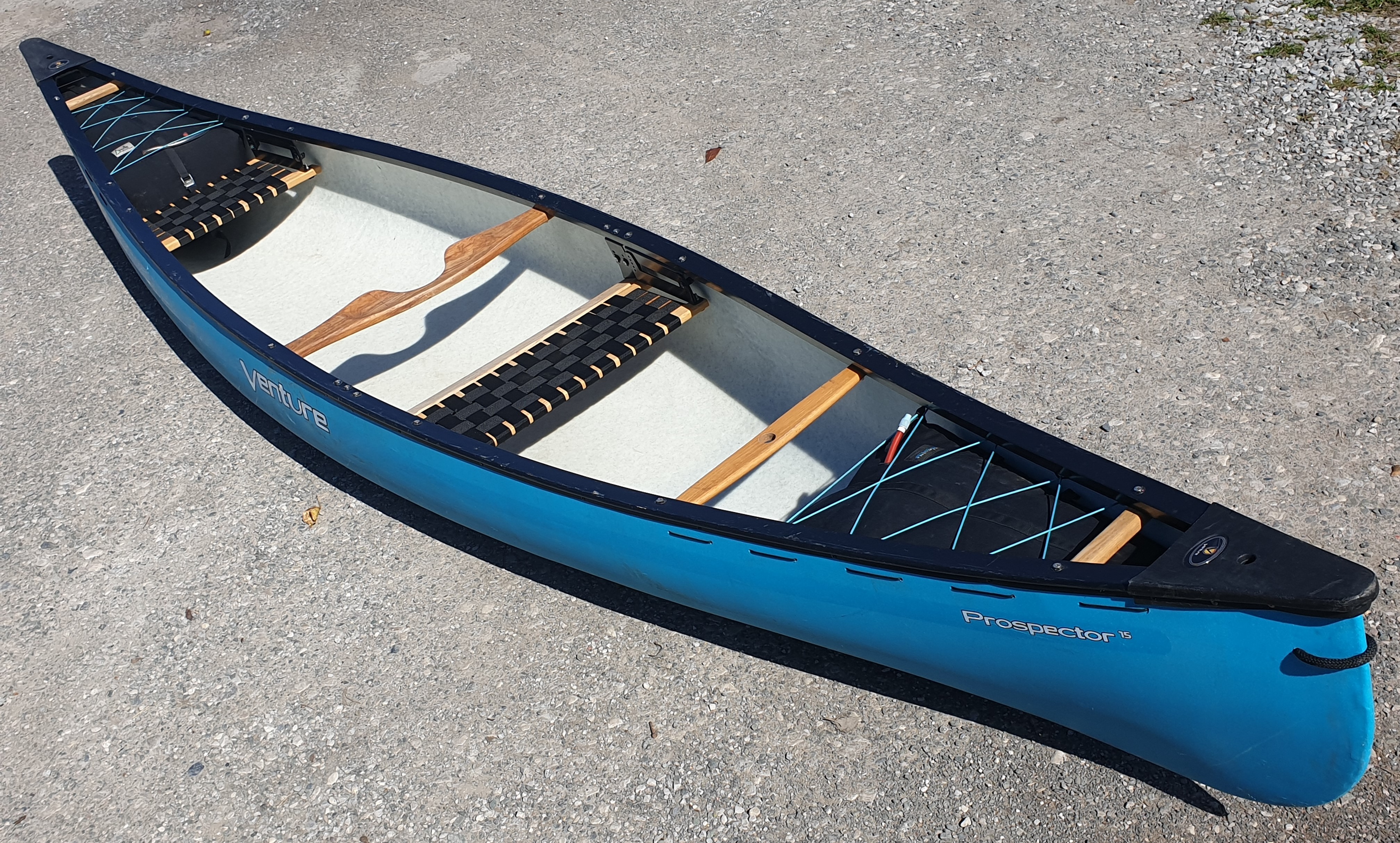
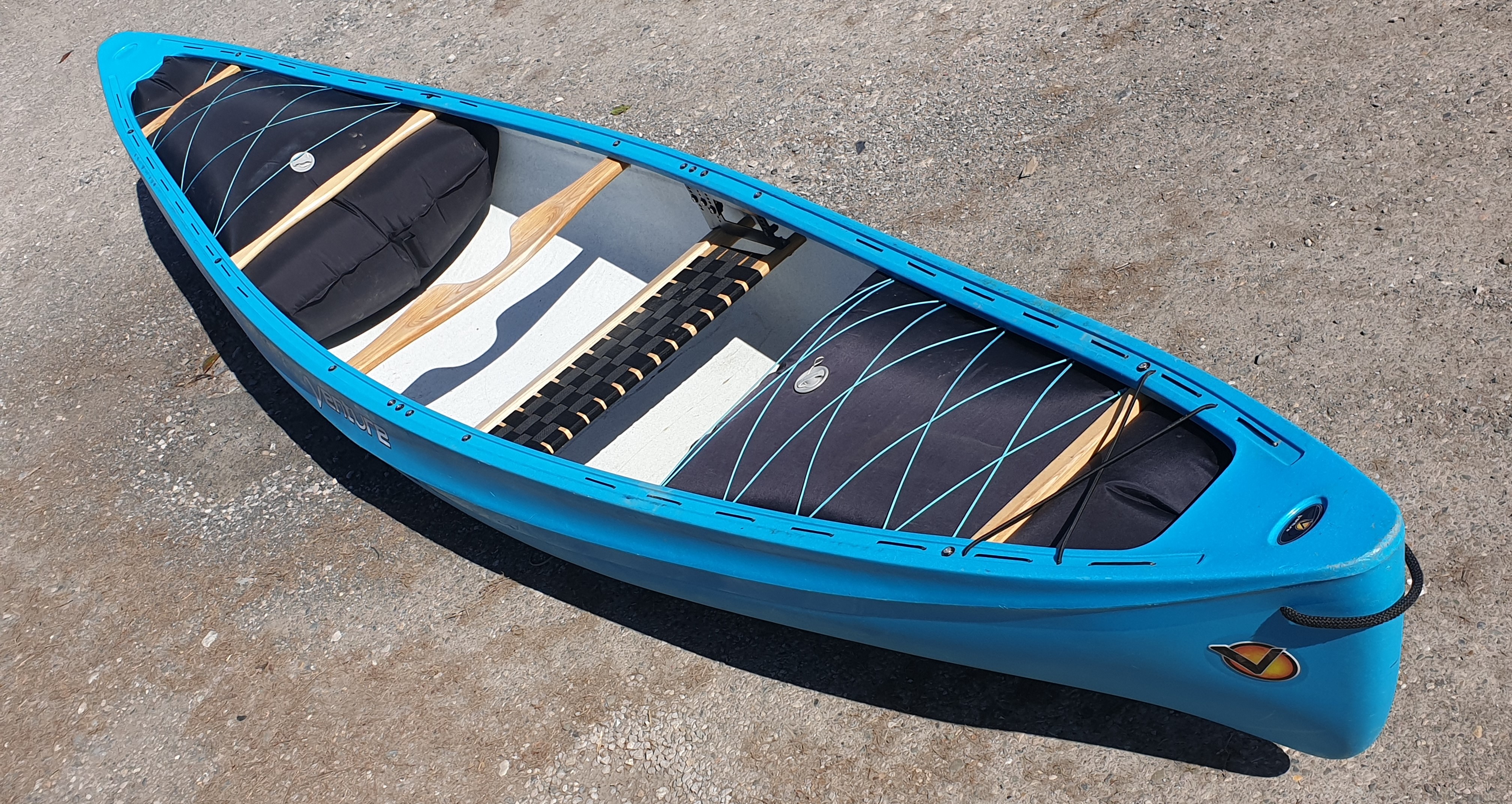
Sailing - I only sail in the Prospector so this has the outfitting for it. I put a purpose made sailing thwart in right next to the airbag at one end with a rubber mast foot glued to the hull. I fitted a second seat in the same position at the other end; this gives me lots of open space in the middle of the boat for equipment, rescued swimmers, and for me to stretch my legs! It also allows this boat to be paddled tandem.
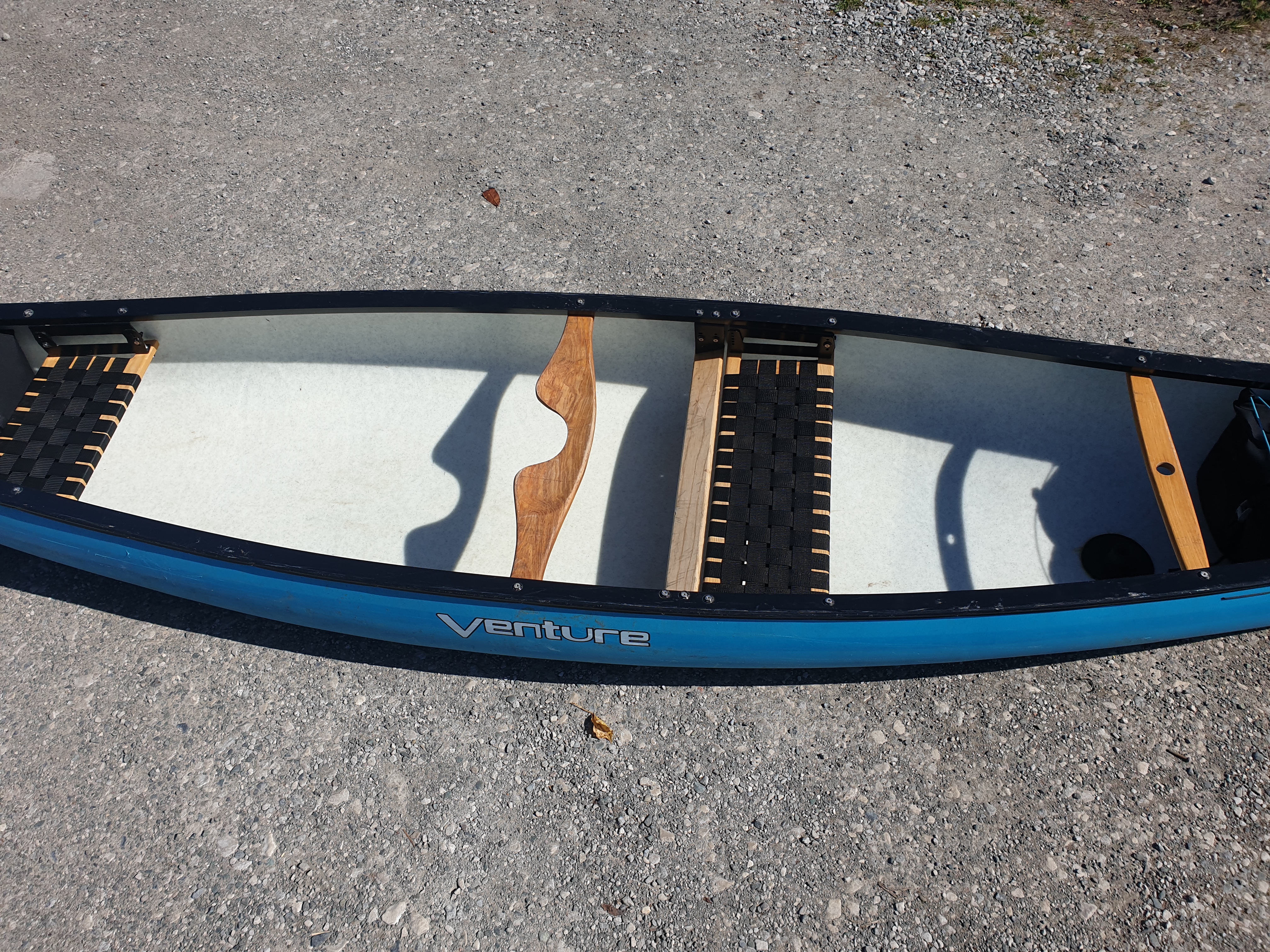
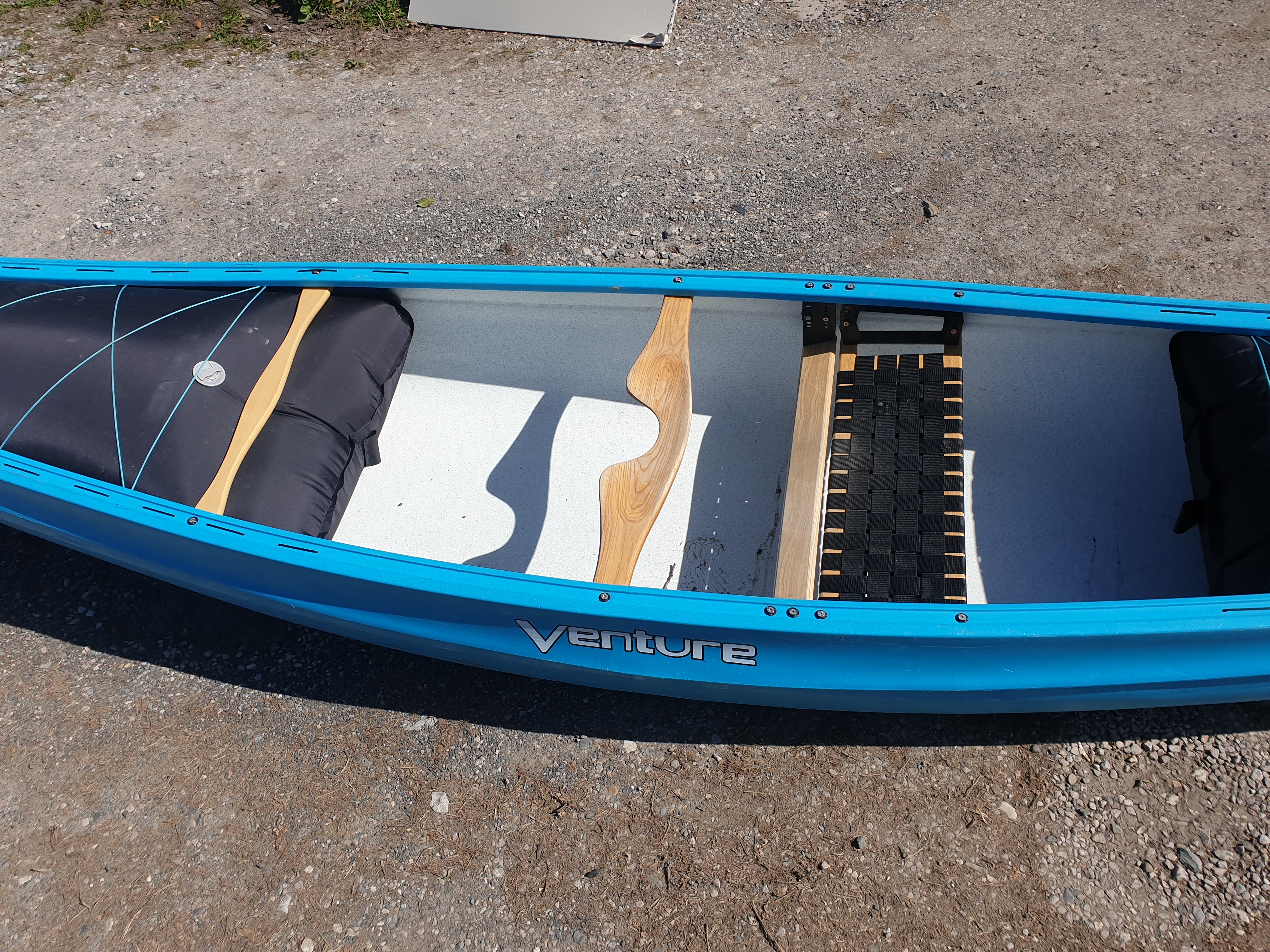
Both boats are kept as minimalistic as possible. Outfitting is a very personal thing, and I see many canoes with multiple thwarts, seats, spars, etc. across them; this not only adds weight, but increases the risk of entrapment.
Please don't think this is a how-to-guide, more of an insight into what, and more importantly, why I do what I do. If you're outfitting a canoe for the first time, then take the time to try what other people have done, sit in their boats, and make the right decision for you.
Adam Robson runs TNR Outdoors in Llangollen North Wales. He specializes in performance whitewater coaching and expeditions.